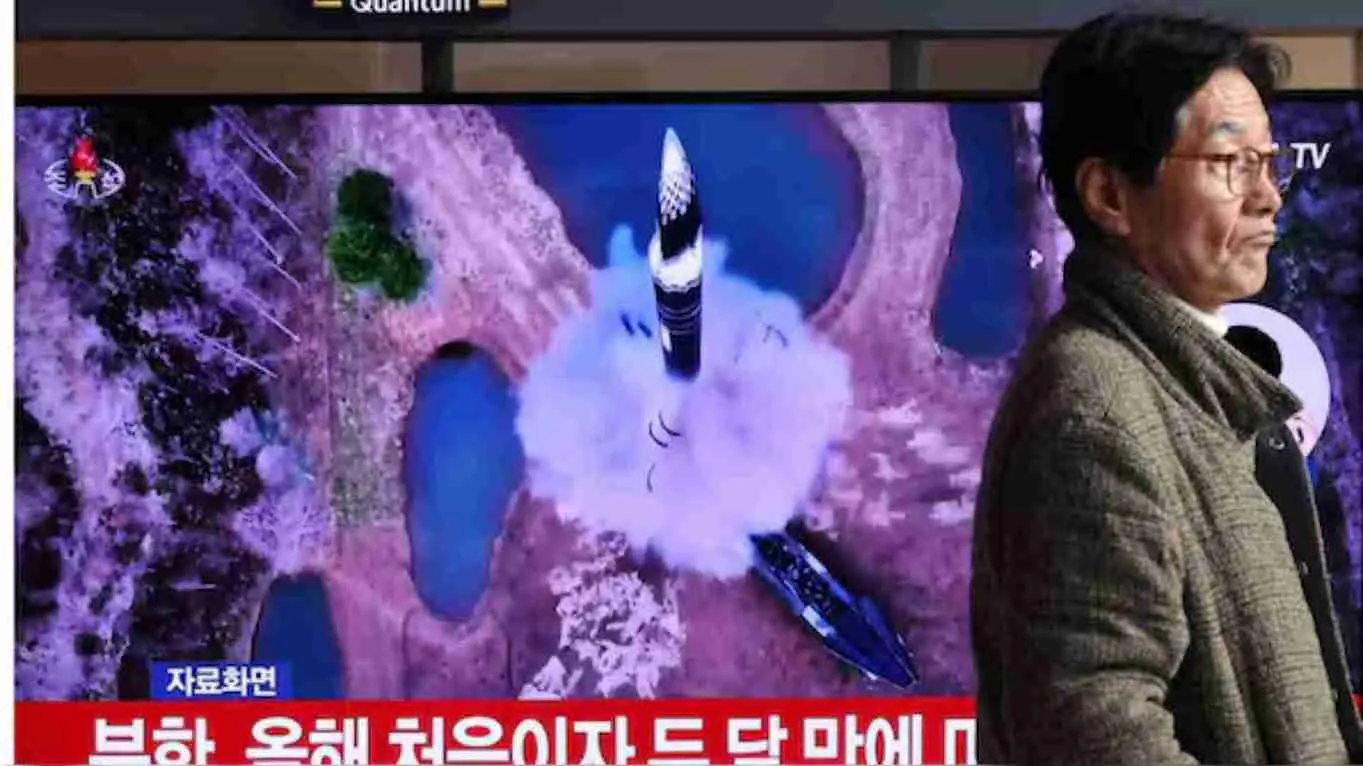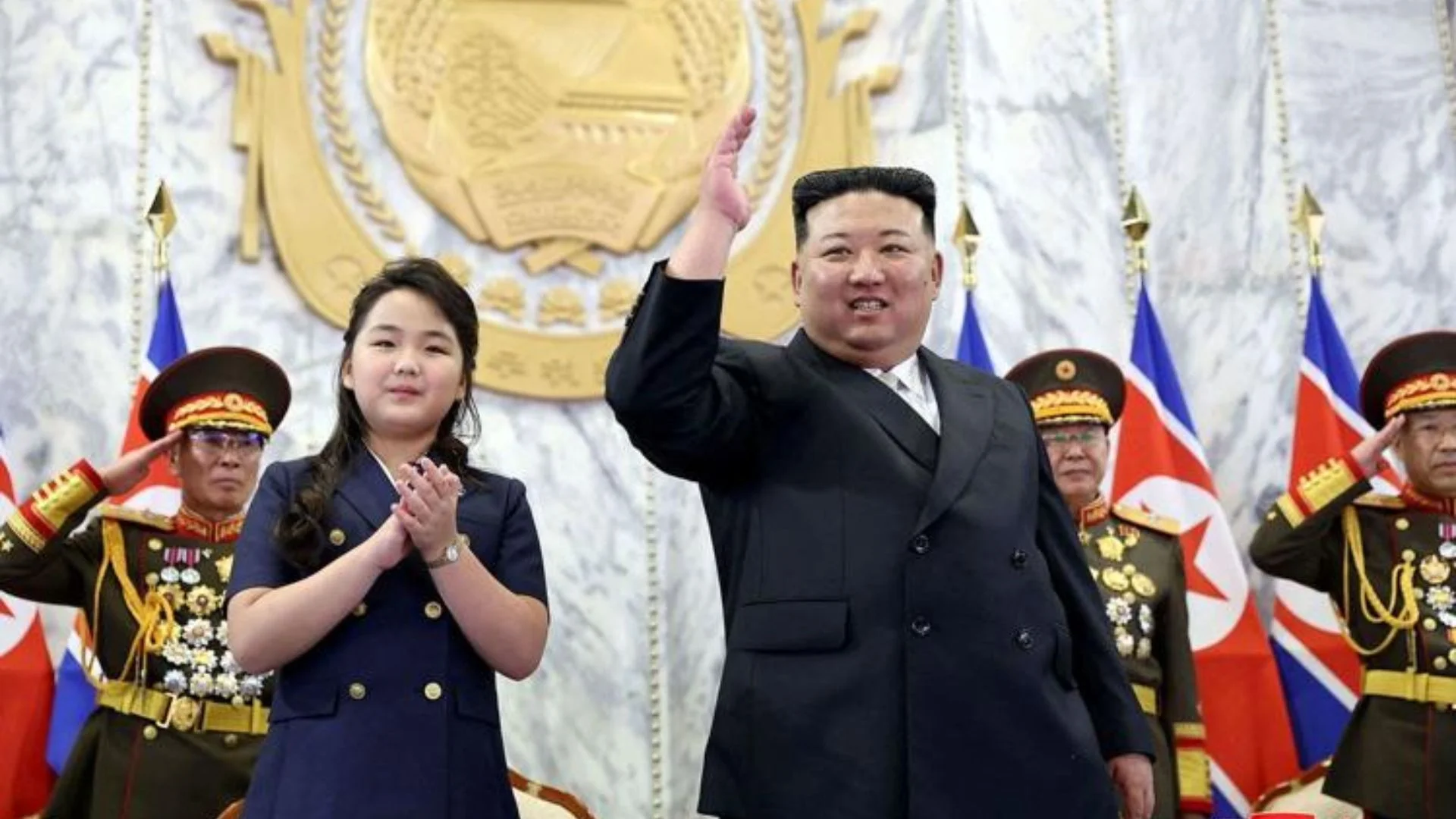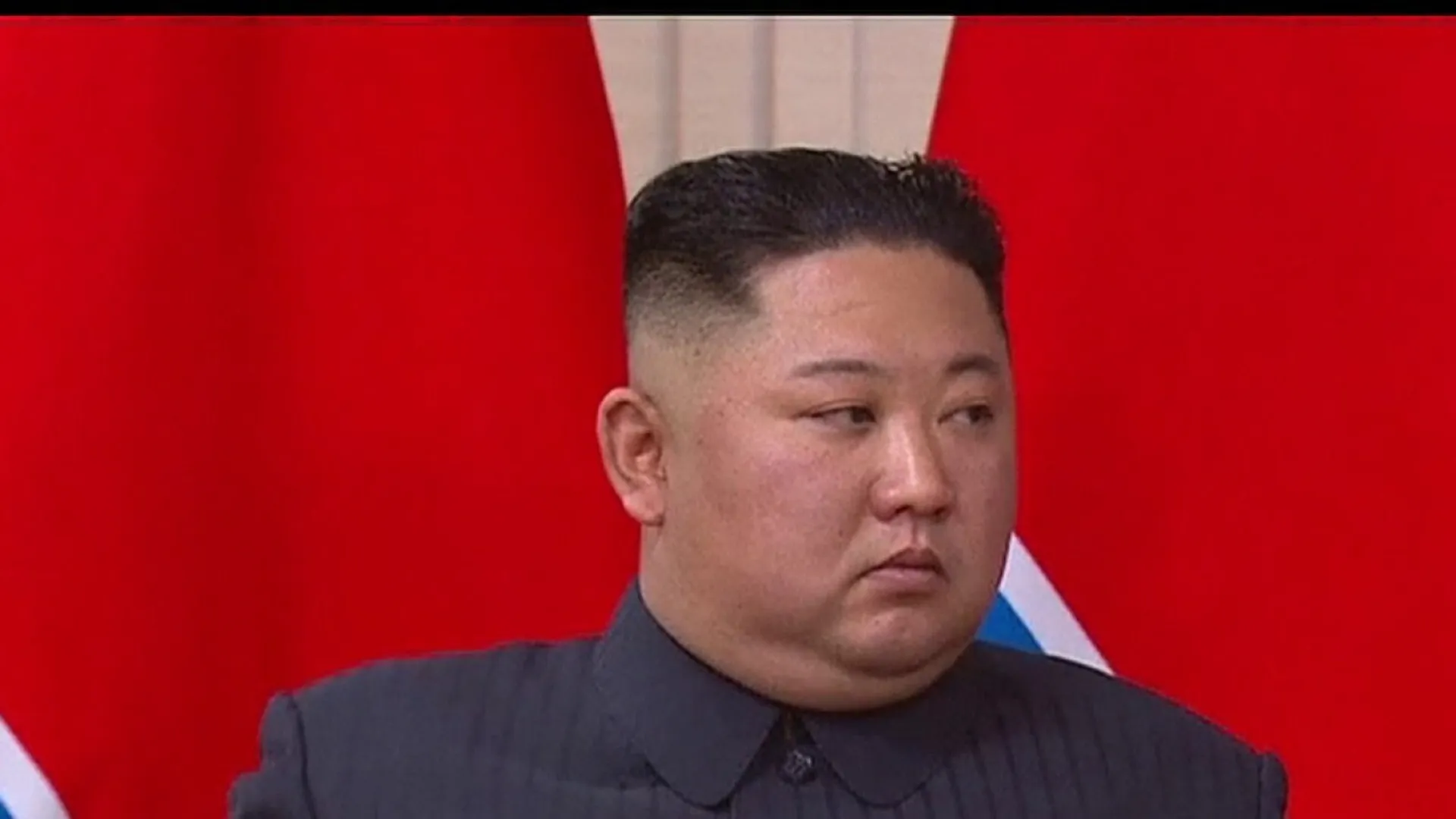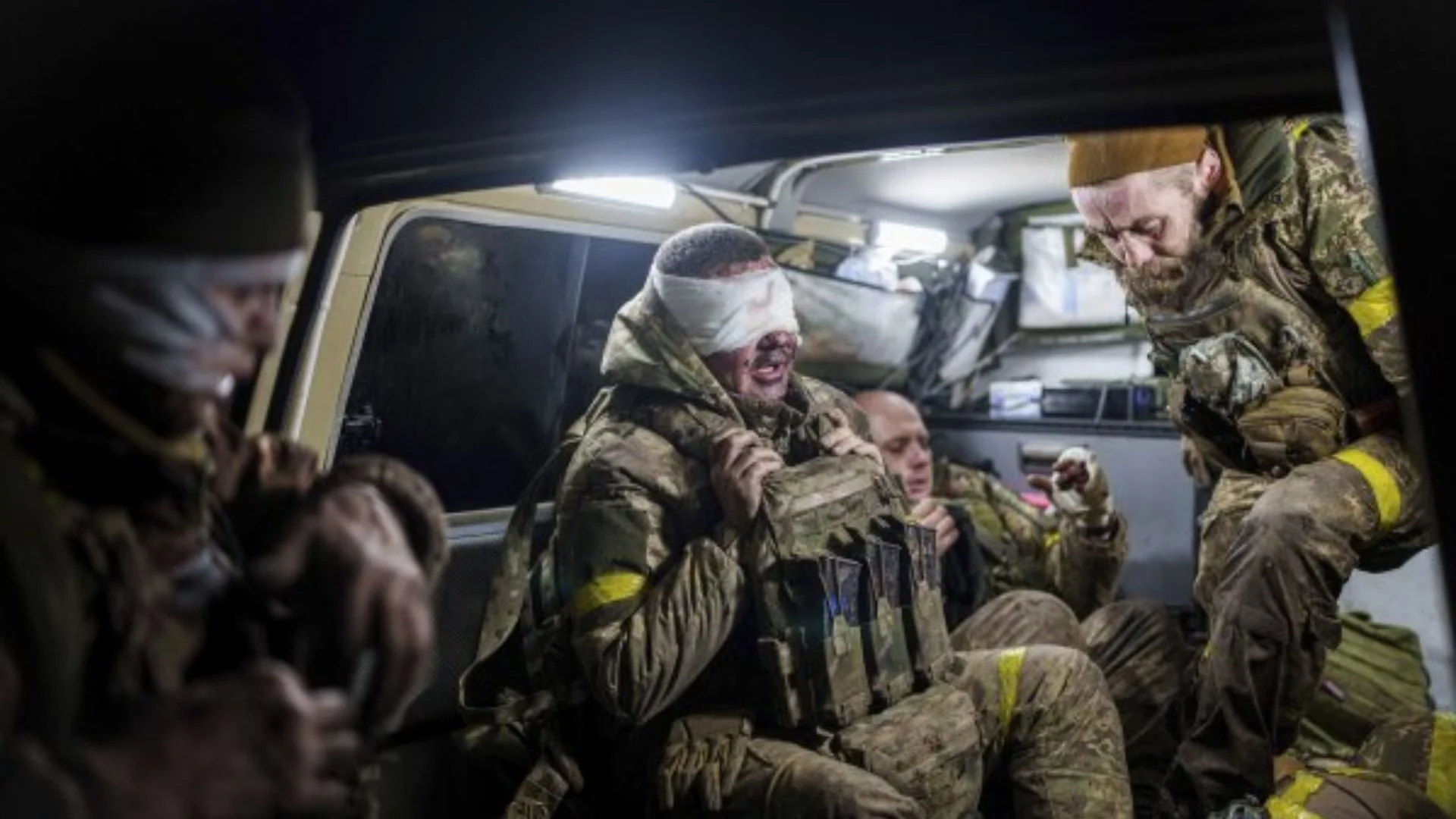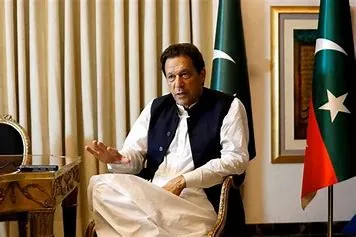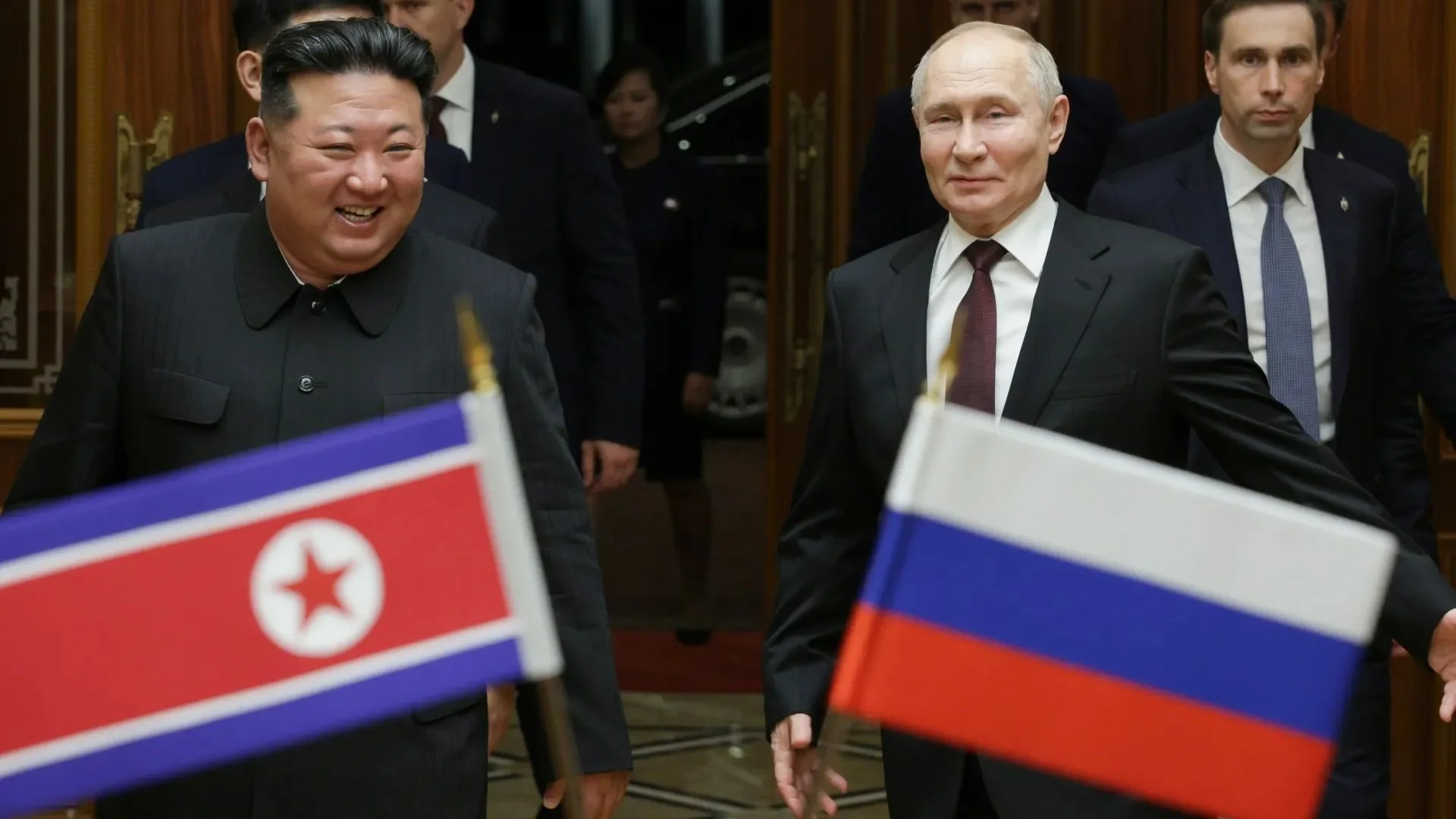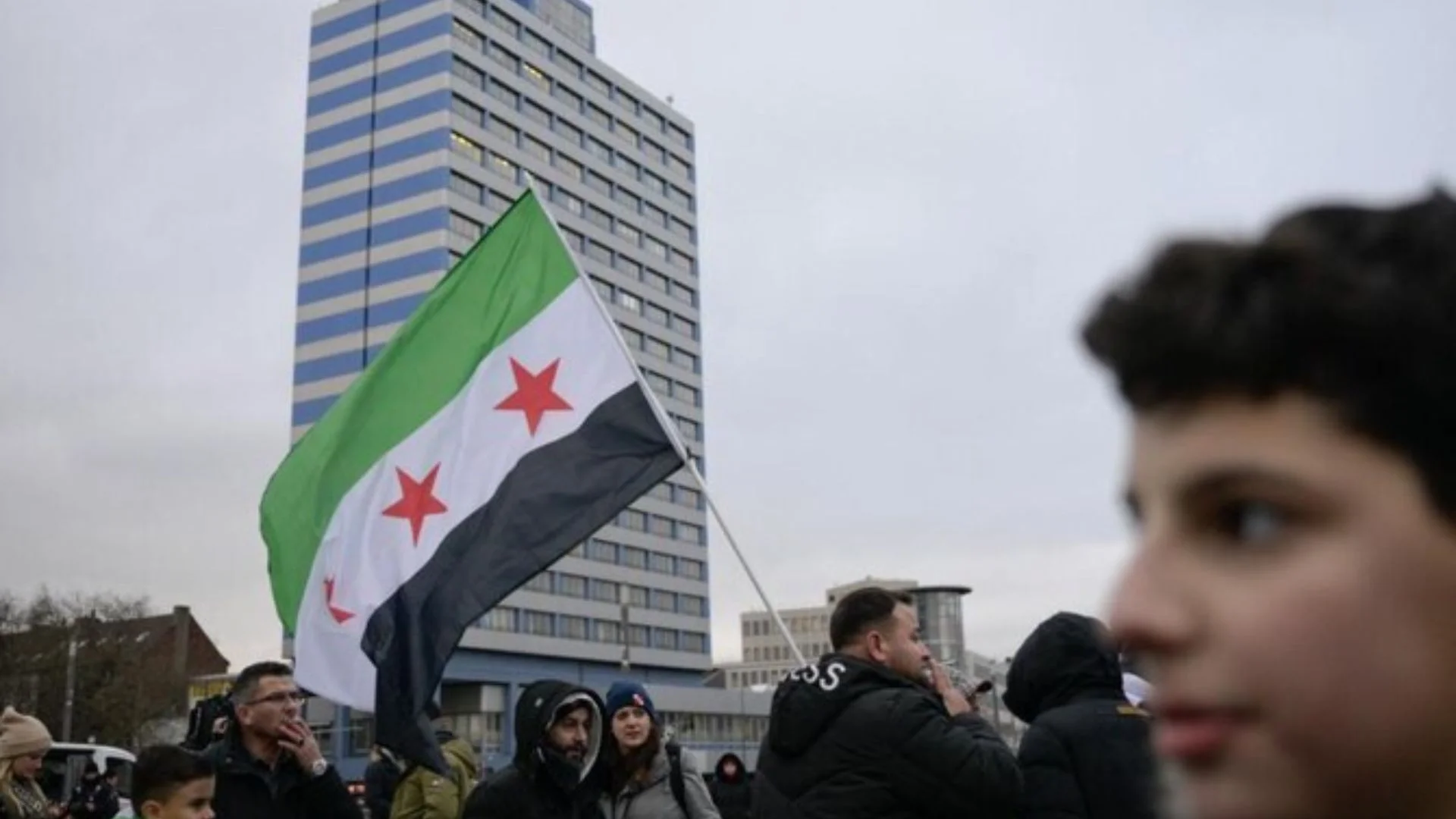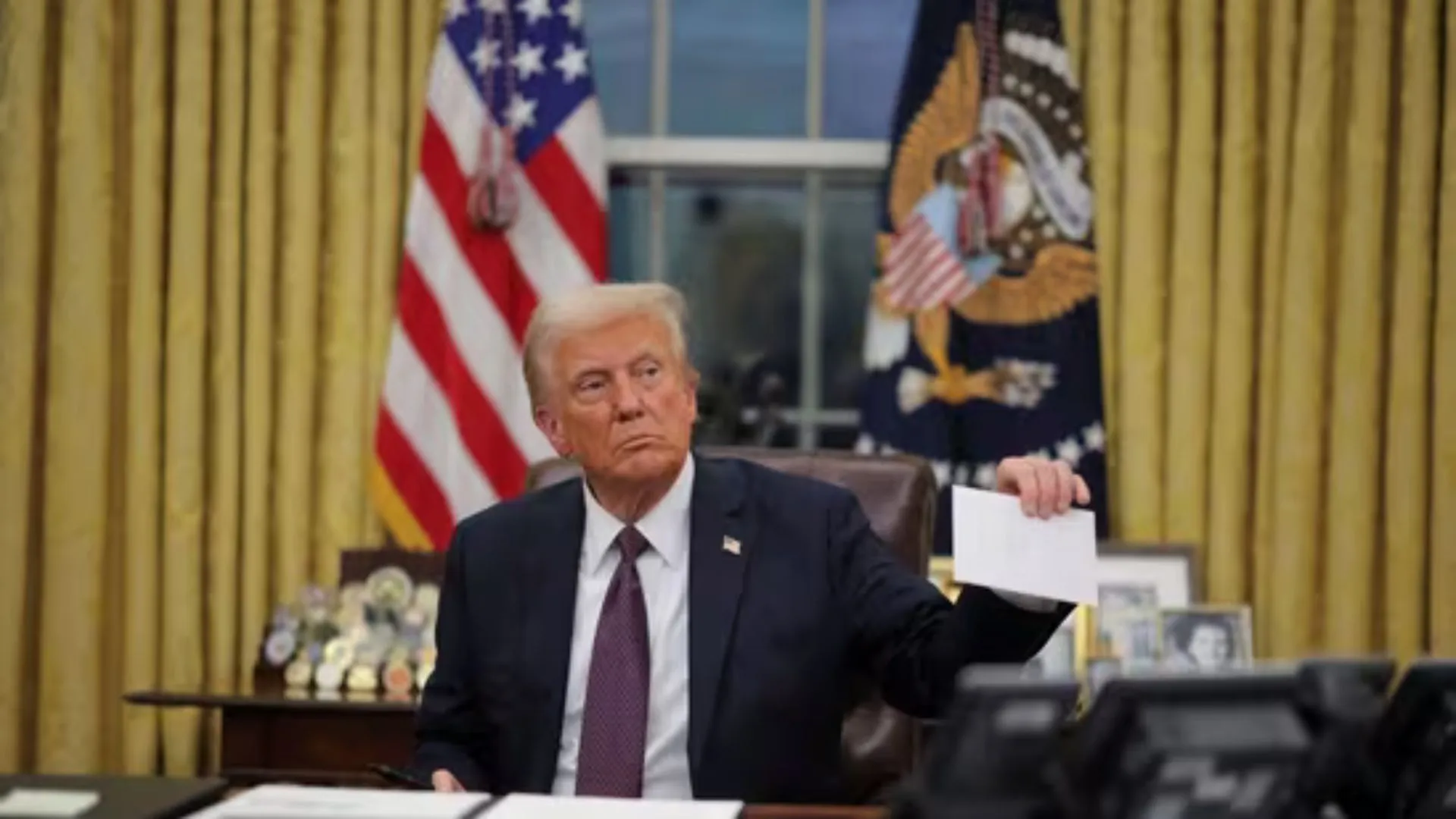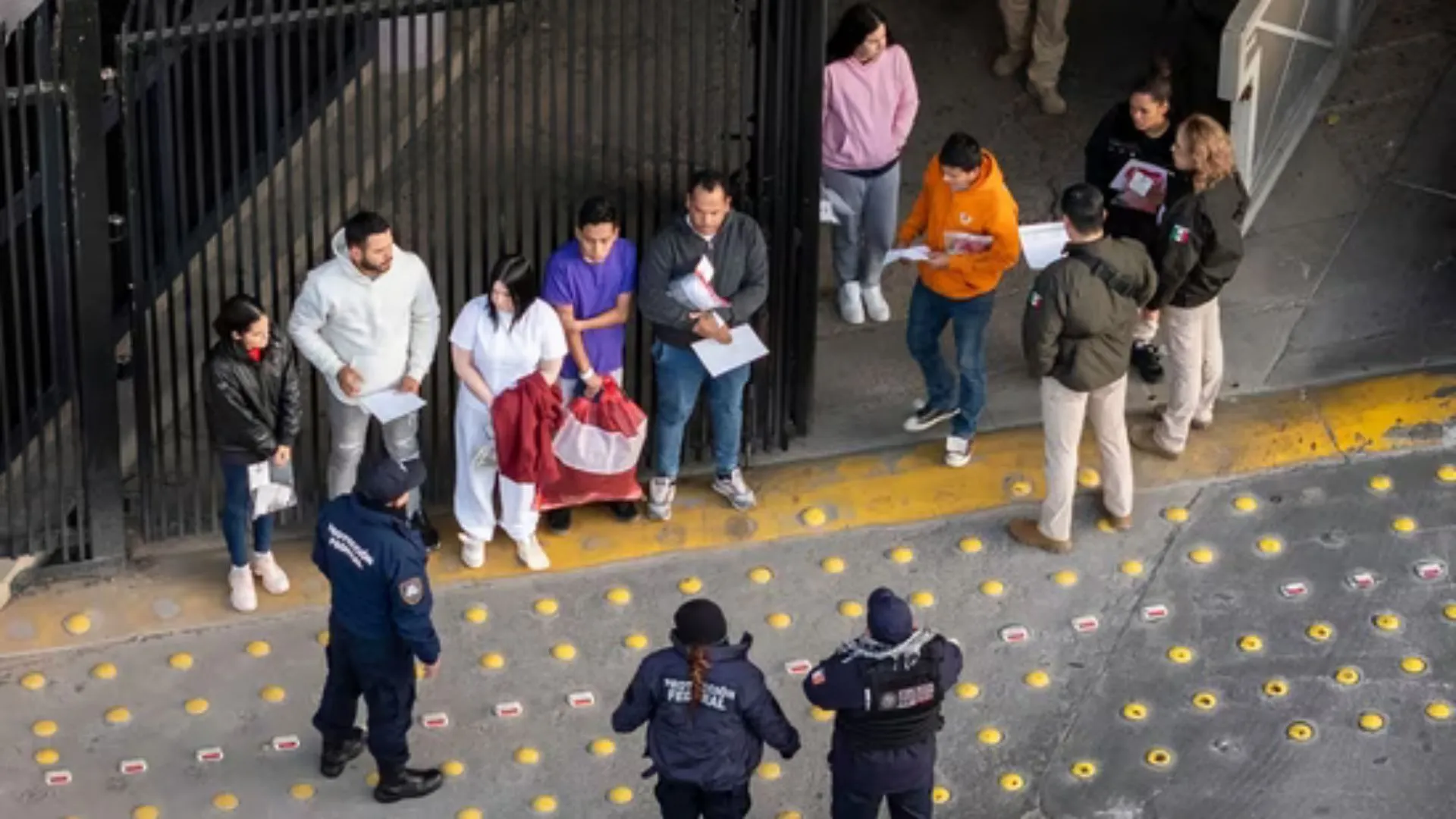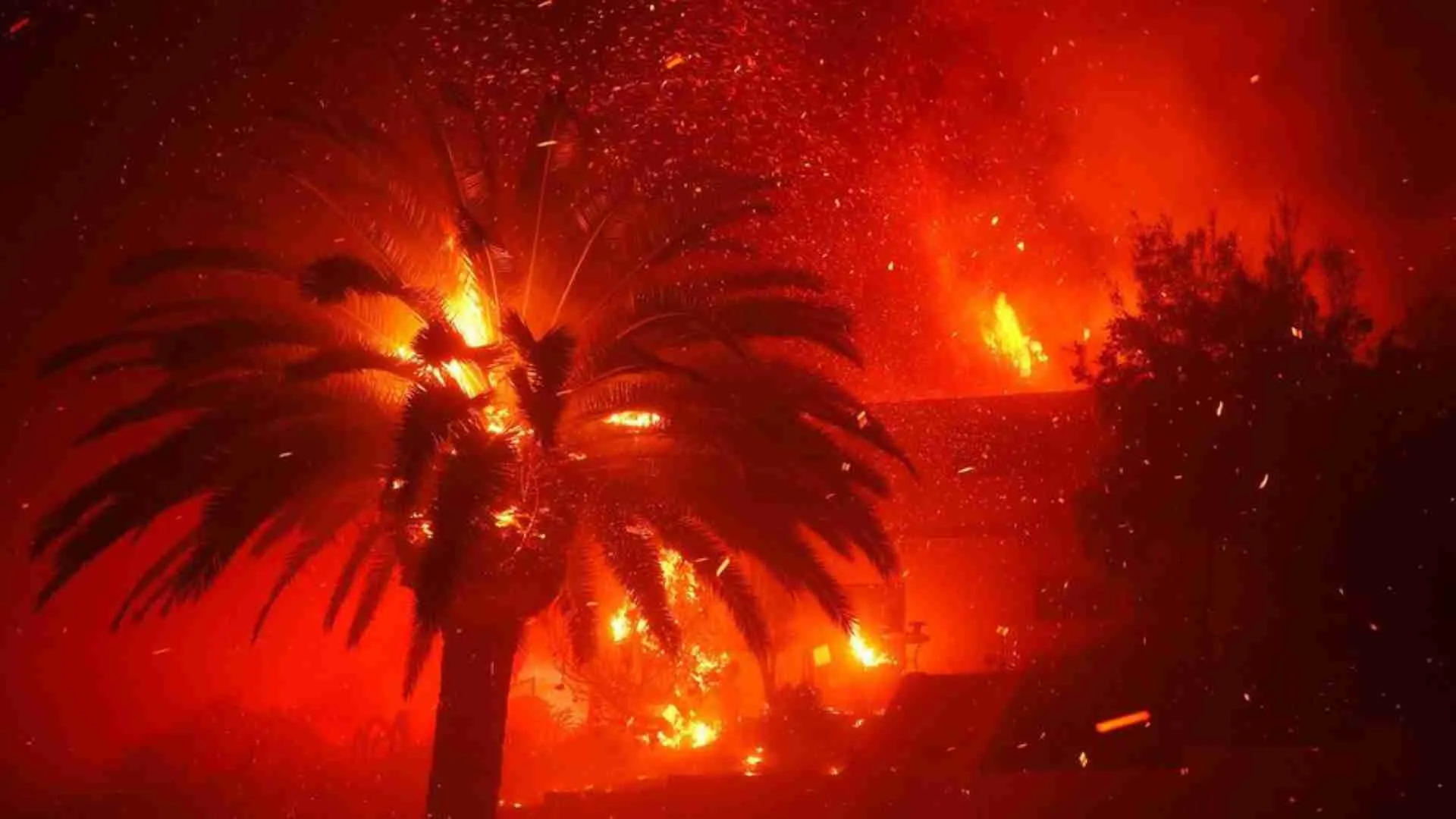The ongoing conflict between Israel and Hezbollah has sharply escalated, marked by a significant missile attack from Iran and retaliatory strikes from Israel. This timeline outlines key events over the past 14 days, reflecting the escalating violence in the region.
September 17-18, 2024: Pager Attack and Casualties
On September 17, a series of explosions from thousands of pagers, primarily belonging to Hezbollah members, killed at least 13 people and injured around 4,000 across Lebanon and Syria. While Israel did not claim responsibility, it was widely attributed to them amid their announcement of actions to protect displaced Israelis from Hezbollah’s rocket fire.
Another wave of explosions on September 18 resulted in 14 additional deaths and nearly 450 injuries. Israeli Defense Minister Yoav Gallant referred to “excellent achievements” without directly addressing the pager incidents.
September 19-22: Targeted Strikes and Fatalities
On September 19, Israel reported striking hundreds of rocket launchers in southern Lebanon. Between September 20 and 22, Israeli forces targeted and killed Hezbollah military commander Ibrahim Akil during an airstrike that also claimed 37 lives in Beirut. Subsequent Israeli airstrikes targeted approximately 400 Hezbollah positions, leading to intense exchanges of fire between the two factions.
September 23: Heavy Casualties and Escalation
On September 23, Israel warned residents in southern Lebanon to evacuate before launching airstrikes, resulting in over 550 deaths and nearly 2,000 injuries, according to Lebanese government reports. Hezbollah retaliated with around 200 rocket launches at northern Israel, which were largely intercepted by Israeli defense systems.
September 24-26: Continued Violence and Calls for Ceasefire
Throughout September 24 and 25, attacks continued, with Hezbollah firing a long-range missile at central Israel, which was intercepted. By September 26, discussions for a proposed 21-day ceasefire led by the US and France were rejected by Israeli Prime Minister Benjamin Netanyahu, who stated that strikes against Hezbollah would persist.
September 27-30: High-Profile Casualties and Ongoing Conflict
On September 27, Netanyahu declared Israel was “winning” its battles during a speech at the United Nations General Assembly. Israeli airstrikes on this day reportedly destroyed key Hezbollah buildings. By September 28, reports confirmed the death of Hezbollah leader Hassan Nasrallah in a prior airstrike.
The following days saw the reported deaths of several Iranian and Hezbollah leaders, further intensifying the conflict.
October 1: Iranian Missile Strike
In the latest escalation, Iran launched at least 180 missiles toward Israel on October 1, marking a significant shift in the conflict and raising fears of a broader regional war. This series of events has underscored the complex and volatile situation involving multiple actors in the Middle East.


